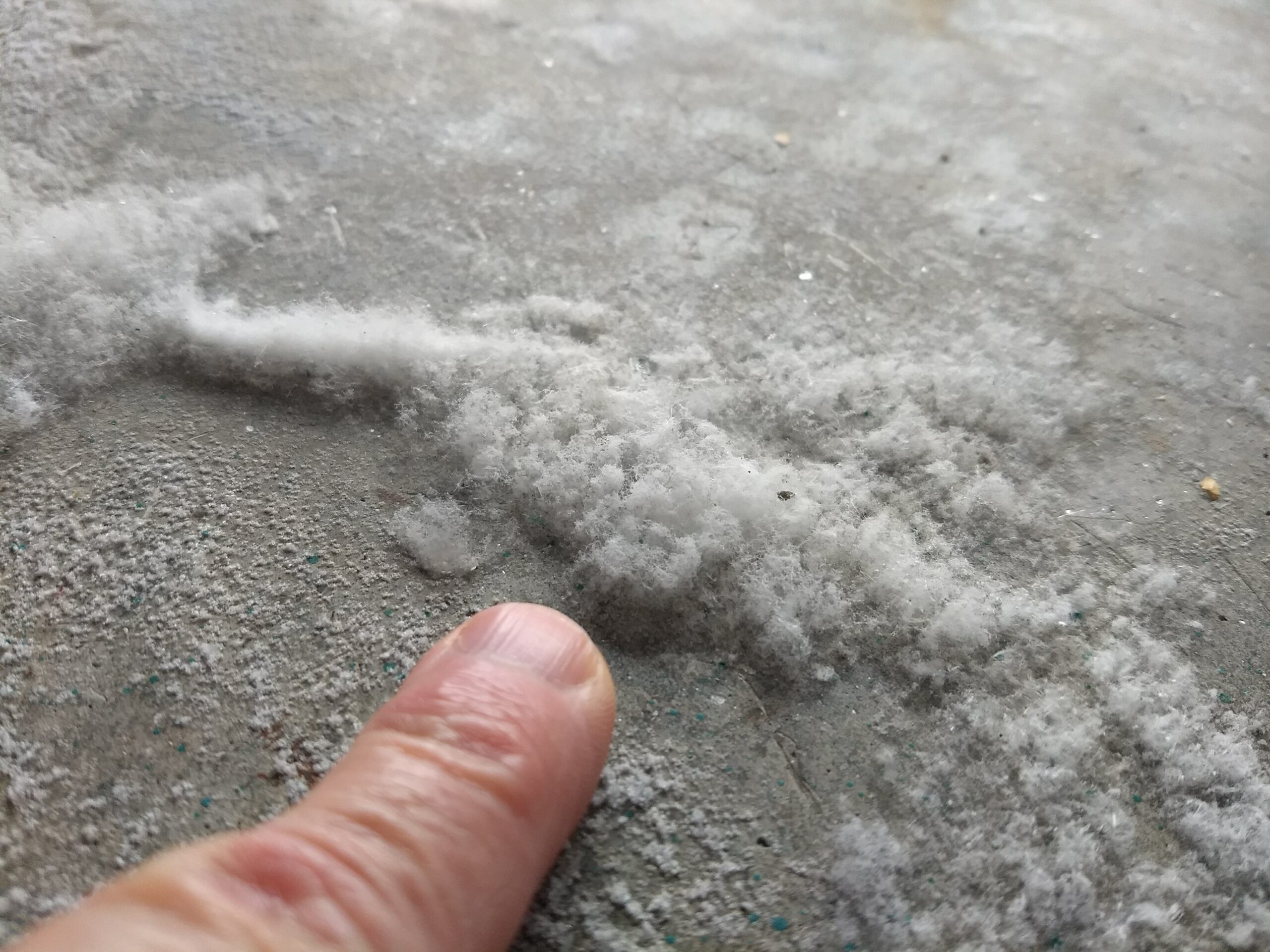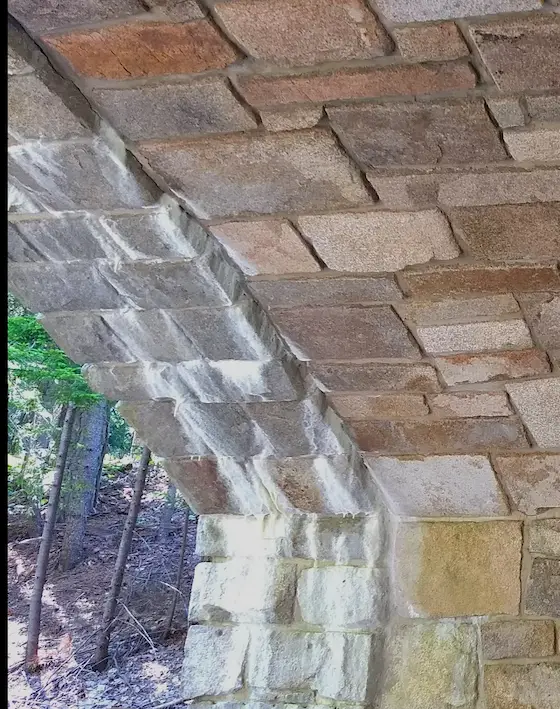Efflorescence or White Mold

Efflorescence - You may see this in your garage or basement and think it’s dangerous mold. In almost all cases, it’s just harmless salt crystals.. Copyright 2024 Tim Carter
Efflorescence or White Mold? 99% Of The Time It's Silly Salt
The seasonal tumblers are all clicking into place here at my home. The same thing might be happening where you live. My central New Hampshire town, much to my dismay, uses rock salt to fight ice and snow on the roads. Yes, it works, but it also corrodes cars and trucks. The salt also creates anxiety for many a homeowner in the spring. They think their garages have a horrible toxic mold bloom.
I know this to be true based on the hundreds of comments you can read on one of my YouTube videos. A few years ago I had a marvelous efflorescence bloom in my garage. Here is that video:
I decided to record it and share how to make the pesky white growth disappear. The comments on this video have astounded me over the years. The vast majority are a mixture of relief when the viewer discovers they don’t have an expensive and toxic mold outbreak. I’m grateful each time I see one of these comments knowing I’ve saved that person lots of money.
Efflorescence Happens Everywhere
Efflorescence can happen in any climate. You can see it in Phoenix, Tallahassee, Seattle, or Kennebunkport. The root cause of efflorescence is salt. Salts of all types can be found in soils, concrete block, brick, sand, etc. Almost all of these dissolve with ease in water. I’m sure you’ve seen this happen if you add table salt to hot water before you add pasta. The salt disappears in seconds. It’s still in the water, but you can’t see it.
In my case, the salt is brought into my garage on my car and truck. It’s become one with the snow in the wheel wells. The salty snow melts and the water seeps into the web of tiny cracks in my concrete floor. The salt begins to build up week after week down in the concrete matrix. The cold garage inhibits evaporation. After several months, the concrete has transformed into a hard sponge filled with saltwater.
My First Time - The Red Brick Wall
I remember my first experience with efflorescence as a young builder. I built a 50-foot-long brick retaining wall at my second home. I worked on it after getting home from work as well as on weekends. Kathy, my wife, was delighted with it. However, a month later, the red bricks started to get a white deposit on them. I was perplexed.
I was able to wash it away with a garden hose and the wall looked great for a day or two. Just as the sun rises each day in the sky, the white deposits would return. I tried scrubbing them with water and got the same result. You might have done the same thing sharing my frustration.
There was no Internet at the time. You had to trudge to the library and spend hours doing research to get answers. I didn’t have that sort of time back then as I was trying to build my business and feed a family.
Don't Use Water
Your efflorescence issue could be on a new patio, a concrete wall, a block wall, or any other masonry surface. Each time the masonry gets wet, the water dissolves some of the salt. As soon as the sun comes out or the wind starts to blow, this salty solution is brought to the surface. The water jumps into the air, but it leaves the salt behind.
Should you make the mistake I did all those years ago trying to wash it away, you just repeat the cycle. The salt dissolves and a certain amount of it soaks right back into the brick, block, or concrete. It then reappears a few days later.
Use a Broom or Stiff Scrub Brush
I discovered the best way to deal with efflorescence is to just brush the dry salt crystals away. The ones in my garage are delicate gorgeous crystals if you peer at them from a short distance. They brush away with a simple push broom. Once out my garage door, they’re carried down to Lake Winnisquam. The salt crystals then begin their journey back to the Atlantic Ocean where they belong.
Efflorescence, in some cases, can be very difficult to remove. I’ve seen deposits on the underside of the magnificent granite bridges built by John Rockefeller, Jr. in Acadia National Park. These deposits are thick and resemble stalactites and stalagmites you’d see in a cave.

This is just one example of white efflorescence staining on one of Rockefeller's carriage trail bridges in Acadia National Park. Photo credit: Tim Carter Copyright 2024 ALL RIGHTS RESERVED
Thick deposits like this might be a mixture of calcium carbonate and salt. If so, you may have to deploy weak concentrations of muriatic acid to remove them. This is nasty work and it’s best to not let the deposits build up to this extent.
Stopping or preventing efflorescence is not easy. Cutting off the supply of water to the salt hidden just below the surface is one way. You can accomplish this with ease if you live in the Atacama Desert. Everywhere else, it’s an issue because of rainfall.
Your second choice is to exhaust the supply of salt. This happens in my garage by August of each year. You may not be so lucky as there could be an endless supply in the soil behind a retaining wall or under your new paver patio. The back side of new retaining walls can be coated with a waterproofing material to prevent the saltwater from entering. Cross-laminated plastic can be put on top of soil before you lay that paver patio. This will block the salts from reaching the pavers.
In the meantime, just brush away the salt crystals and never use water to do the job. I wish you the best of luck in your battle against efflorescence!
Column 1593
One Response to Efflorescence or White Mold